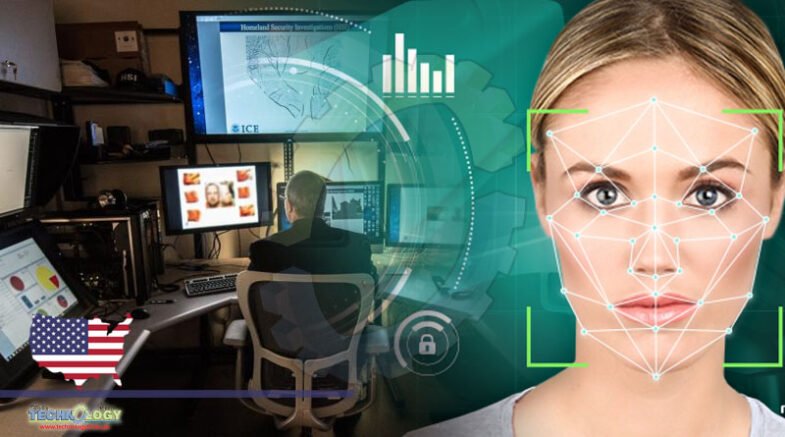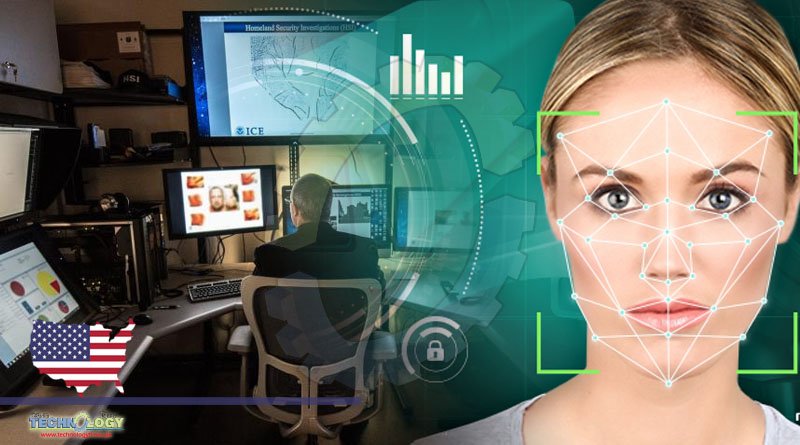In its effort to ensure there is no hiding place in the United States for war criminals, genocidaires and other human rights abusers, U.S. Immigration and Customs Enforcement has sought to harness the power of innovation, employing automated facial recognition technology and clever software algorithms to identify perpetrators who might be in, or be traveling to, America, officials told AFCEA’s 2021 Federal Identity Forum and Expo Tuesday.

War Crimes Hunter (WCH) is a series of customized reusable software tools built by the ICE Homeland Security Investigations (HSI) Innovation Lab in Crystal City, Virginia. It’s used by HSI investigators in the Human Rights Violators and War Crimes Unit to try and identify suspected war criminals or other human rights violators. WCH automates the repetitive administrative work, while leaving key decisions to human analysts, explained Amy Nunes, a section chief in the unit.
“We automate what we can automate as much as possible, still keeping an [human] analyst in the loop, because we didn’t want to risk getting a bunch of [false positives or junk data] that we didn’t need,” she said.
The genesis of WCH was the proactive work of the war crimes unit, aimed at keeping human rights violators out of the country, said Nunes. Investigators would manually compile photos or video of alleged perpetrators, from news reports or other reliable sources. “If I have a video of a child in a uniform shooting a weapon, is there an adult in there? Who’s teaching him how to fire? Who’s giving him orders? If there is imagery of torture occurring, or extrajudicial killings, can we capture the image of the perpetrator in that image or video?”
Having isolated the facial image, investigators would then share it individually with other agencies working with the unit in the cross-governmental Human Rights Violators and War Crimes Center. Those partners include the State Department, which issues visas to would-be foreign visitors, and the FBI’s International Human Rights Unit, which investigates war crimes and other violations of international humanitarian law.
“The idea behind the sharing,” Nunes said, was to see if there were any possible matches in immigration or criminal facial databases that might generate investigative leads. “And if we can do our investigative work and determine who it is, then again, if this is someone that does, at any time, try to enter the United States, we will want to pause the system so that we can address these human rights concerns.” Alternatively, if the suspect was already in the U.S., then the unit would hand that off for a possible investigation by Recognition Technology.
But she said, done manually like that, the process was “way too slow. … Just describing it like that, it sounds like a very long process.”
And it was. To speed the process, the war crimes unit decided to work with the ICE HSI Innovation Lab, which was already building a cloud-based virtual environment to develop and test out new analytic tools and other software that investigators needed. The lab’s Robert Bentall took up the tale for the Fed ID audience.
“The challenges we had at HSI,” he said, “we had special agents of Recognition Technology, and criminal analysts that required really a new way of working because of the huge amount of data that we were dealing with.” That included huge datasets amassed by cyber crimes investigators, massive amounts of video and other media from various sources—including the photos of possible human right violators compiled by the war crimes unit.
“We just didn’t have the equipment and the technology to pursue our mission,” concluded Bentall.
The answer the lab developed was called Repository for Analytics in a Virtualized Environment, or RAVEn—a set of cloud based open-source software tools for managing, analyzing and parsing large data sets.
With the help of The MITRE Corp., the federal research nonprofit, the lab built or customized tools for three stages of the WCH process, Bentall said:
- Scraping video and photos from carefully selected websites and ingesting it into ICE’s Horus facial recognition engine.
- Isolating the facial images for curation by analysts into galleries of possible suspects.
- Coding the facial images into the various different formats used by HSI’s partners throughout DHS and the rest of the government.
“Every one of our partners wants to connect in a different manner,” said Bentall. “And everyone required specialized privacy and oversight. So we spent a lot of time working privacy and oversight agreements, as well as technical agreements with each of our partners.”
Now that the tools are up and running the process of Facial Recognition Technology, from nominating a website to the facial recognition searches of DHS and FBI databases takes only “an hour or two”—most of that time consumed by cleaning and filtering the initial data scrape so it can safely be brought into the ICE network.
Asked whether there were any success stories she could share, Nunes replied, “We don’t right now,” adding that the system was not “fully operational” yet.
Bentall said he hoped that would happen on Sept. 10, but added in the meantime, “There are plenty of technical success stories overcoming all the various hurdles.”
Source AFCEA
